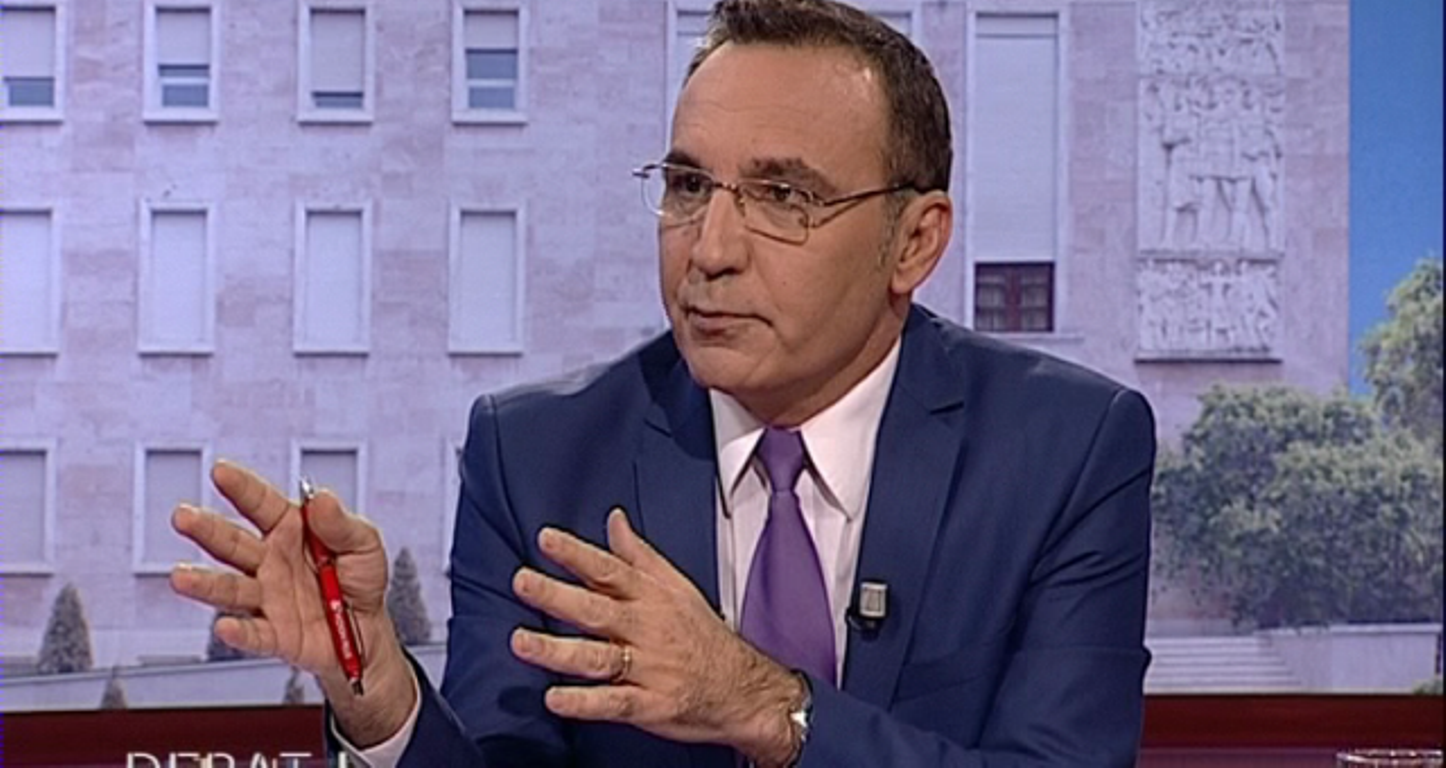
By Eduard Zaloshnja
Several days later than expected, the Institute of Statistics finally came out with the report on Gross Domestic Product (GDP) on the second quarter of 2017. Among the reports published by INSTAT, perhaps this may be considered as the most credible one, because it is directly overseen by IMF and EUROSTAT (in terms of the low credibility of other reports issued by INSTAT, you can read, for instance, my analysis for AFP on the employment figures: http://afp.al/en/news/2017/08/albanian-marvels-with-employment-numbers-43601/ ).
INSTAT report on GDP indicates that in the second quarter of 2017, GDP has been 4.06% higher in real terms. This means that the volume of goods and services during this quarter has been 4.06% higher than the same quarter a year ago, despite the fluctuations of prices.
But if we look into more details at the charts to see the progress of this Gross Domestic Product, we will see that consumption of the population has registered more or less a growth equal to half of the growth of GDP; only 2.27%. This shows that a significant part of the economic growth has not translated into an increase of consumption for the population.
But where did this growth of GDP, which has not been translated into consumption for the population, go?
First, it has gone toward capital investment growth. Capital investments grew by 14.28% compared to the same quarter a year ago. The two biggest energy projects, TAP and Cascade of Devoll, which started at the end of 2012, account for the biggest part of these capital investments.
Secondly, this growth of GDP was also assisted by the export of services, which grew by 21.96% compared to the same quarter a year ago (growth of the export of goods was practically the same as the overall growth of GDP). Expenses that foreign tourists make when they visit Albania account for the largest part of the export of services.
The low growth of consumption (compared to the satisfactory growth of GDP) is not a separate phenomenon. In fact, in the fourth recent quarters, INSTAT has reported a satisfactory growth of GDP, while the growth of consumption has been continuously low.
In the coming quarters, for as long as the works in the two energy projects mentioned above (TAP and Devoll Cascade) continue, it seems that the discrepancy between growth of GDP and growth of consumption will continue as well, because investments which are being made in these two projects don’t have a multiplying effect in consumption (they can have only local effects on consumption).
On the other hand, the growth of revenues from foreign tourism seems to have had very little effect on the growth of consumption for those who benefit from these revenues.
The real challenge for the Albanian economy will be the preservation of the current growth of GDP after TAP and the hydro power plants in the Devoll Cascade are completed. Once they are completed, their contribution for the country’s GDP will be insignificant and new major projects will be needed.
On the other hand, in order for economic growth to be a long-term growth, there must be international consumer demand and this can only happen if the number of employed people grows in a sustainable way along with the incomes that they secure through their jobs, because incomes from illegal sources (such as the cultivation of cannabis, for instance), cannot serve as long-term fuel for the economy…
Note: The views expressed in this article are the author's own and do not necessarily reflect Albanian Free Press’ editorial policy
